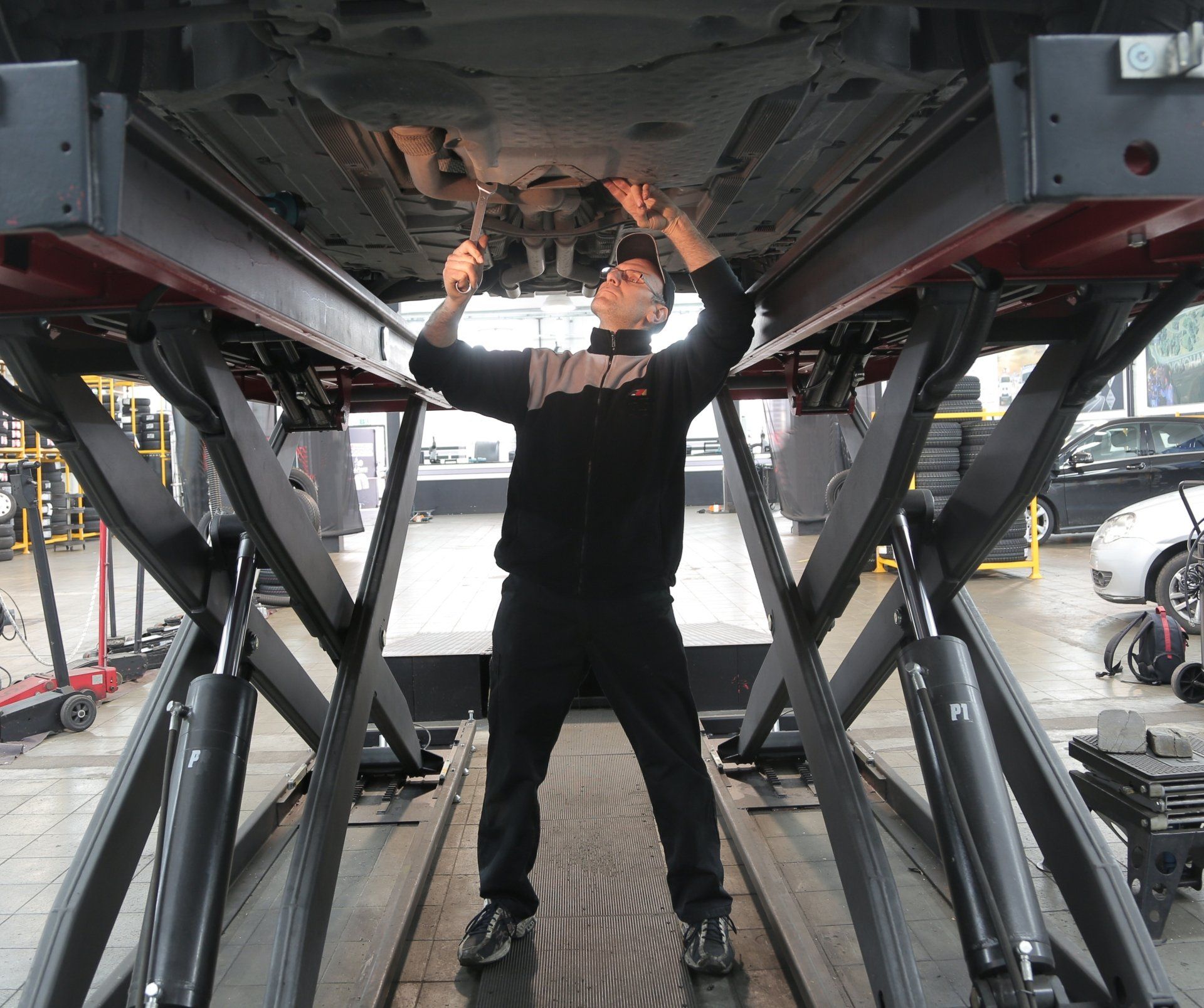Monday to Friday- 7:45am – 5:00pm | Saturdays- 7:45am – 1pm
Monday to Friday- 7:45am – 5:00pm | Saturdays- 7:45am – 1pm
YOUR SPECIALIST IN DIFFERENTIAL REPAIRS
Most rear wheel drive vehicles feature a separate rear differential which transmits the drive from the gearbox to the rear wheels. All four wheel drive vehicles feature a separate rear differential, and may also feature a front differential to (depending on the engine configuration). The bearings in a differential can start to break down and become noisy.
The vehicle will continue to function as normal but will become noisy. At this stage the differential can be rebuilt with new bearings and seals without the need to replace the entire differential completely, usually at great expense. We are surely the best in the industry for and all diff repairs. Fill in the form below and of our friendly staff members will call you back!

FIRST TIME RIGHT, DIFFERENTIAL REPAIRS
Your car’s differential is one of the key players in keeping the car moving in the right direction. It’s essentially what keeps your front and wheel tires on the same page, making sure each set is given the right amount of power to go in whichever the direction the driver wishes.
When your differential goes bad, it could be bad news for your car.
We’re going to take a look at bad differential symptoms to look out for and what causes a rear differential to go bad in the first place. Hopefully, this knowledge will help you keep your car differentials in working order and alert you when you need to take it in for service.
Bad Differential Symptoms
Knowing what causes a rear differential to go bad should help you avoid making any of these mistakes and hopefully avoid breaking your differential. This is not one of those things that you can procrastinate on.
Some of these bad differential symptoms could be symptoms of a multitude of problems, but two or more of these symptoms together should be a clear cut sign of a malfunctioning differential.
Here are the most common bad differential symptoms to look out for:
1. Your vehicle is quickly going through oil.
2. Difficulty steering.
3. A loud front differential noise, such as the grinding of gears, clunking, or a “howling” sound.
4. Rear differential noises. This would be caused by gears that are out of place or lack of lubrication.
5. Extensive and inexplicable wear and tear on your tires.
6. Vibrations that are constant and/or enhances while accelerating the vehicle.
7. A driveshaft that is out-of-balance.
OUR SERVICES
Manual Gearbox Repairs
Automatic Gearbox Repairs
DSG Gearbox Repairs
Diff Repairs
Truck Gearbox Repairs
Propshaft & CV Repairs
Off-Highway Repairs
Fleet Maintenance

Why are we the best in the industry?
1 DAY
turnaround time on exchange
unit replacement.
OVER 4000
exchange units nationally
to limit down time.
24 HOUR
Roadside Assistance
offered to all clients.
19 BRANCHES
nationwide coverage
across 4 countries.
LET US CALL YOU BACK!
SUBSCRIBE FOR NEWS AND UPDATES
We will get back to you as soon as possible
Please try again later
